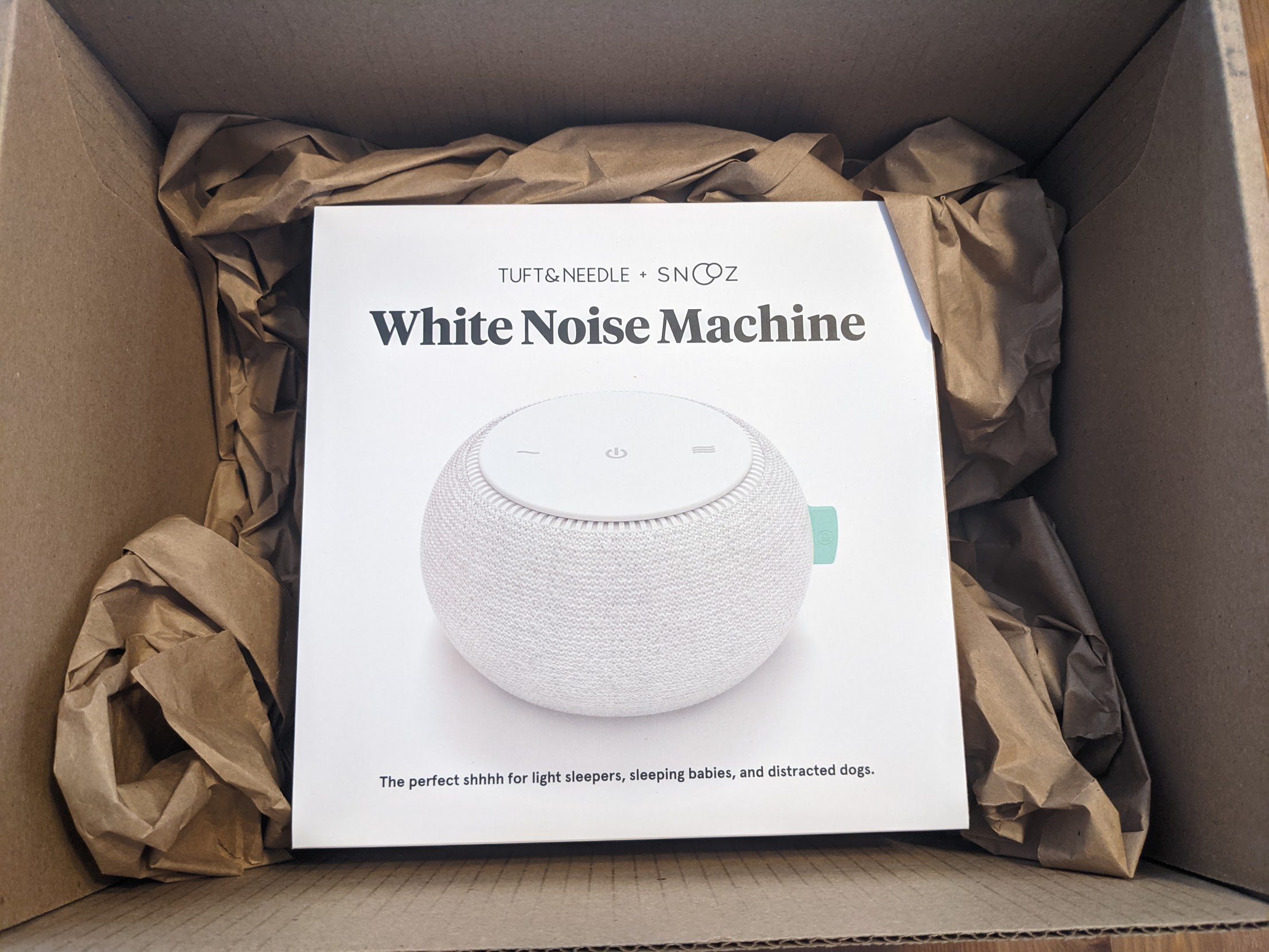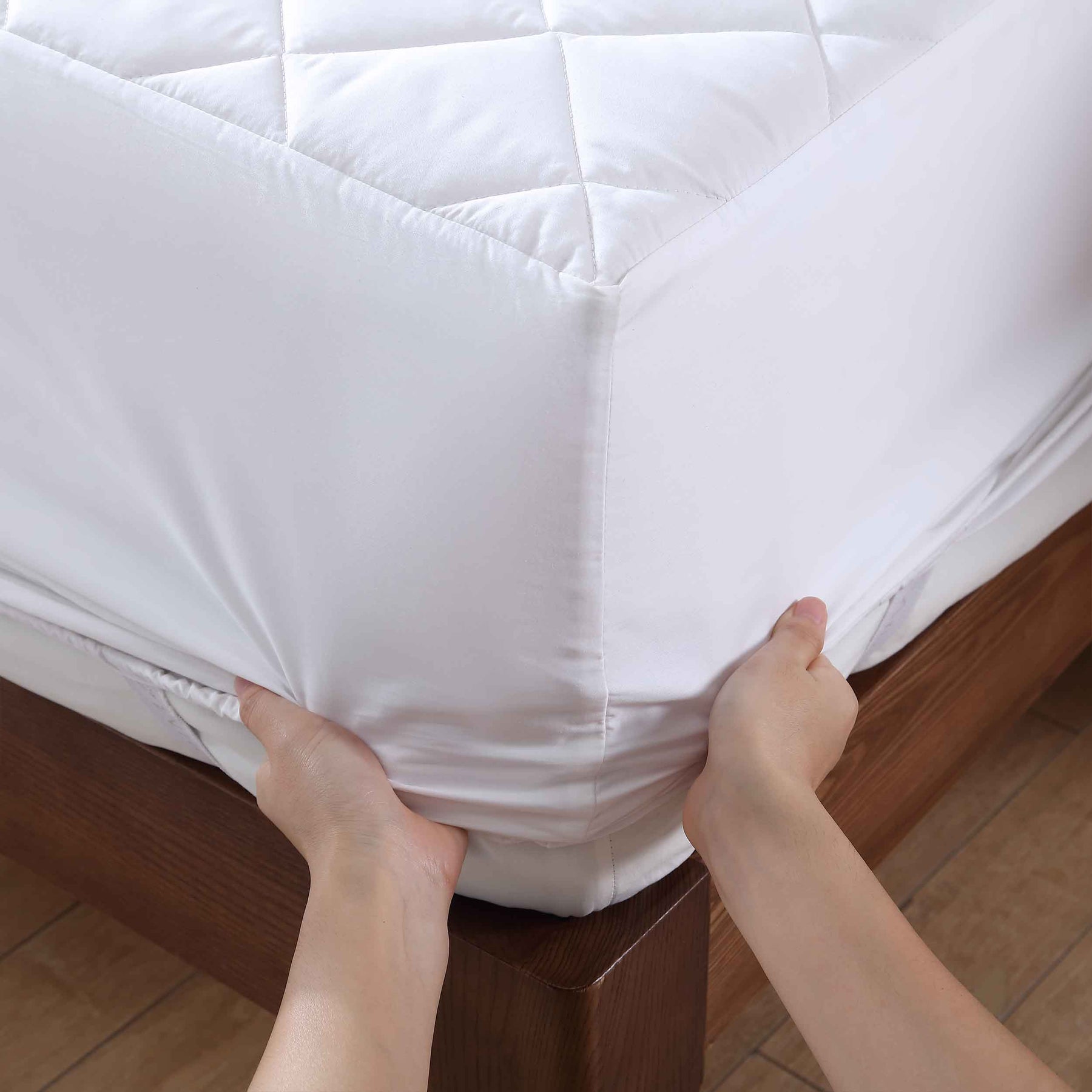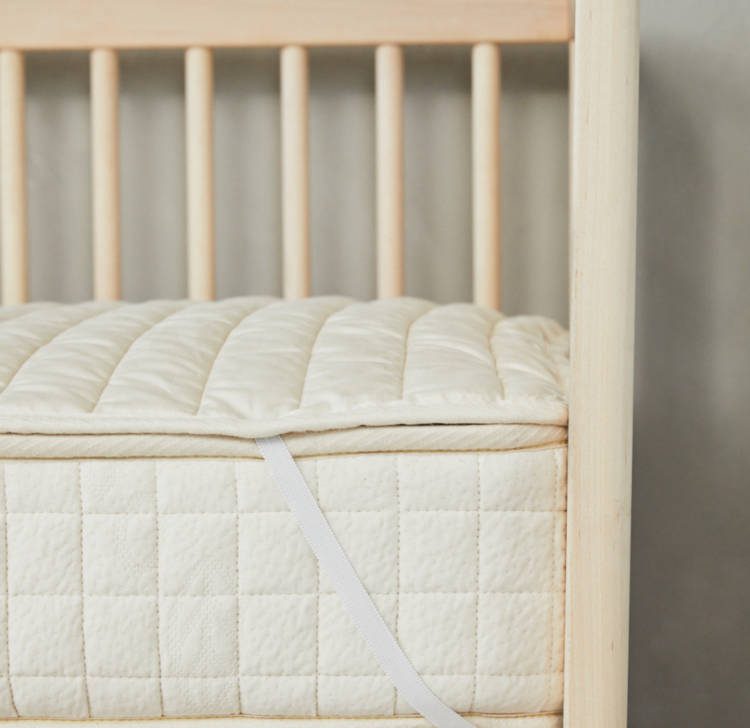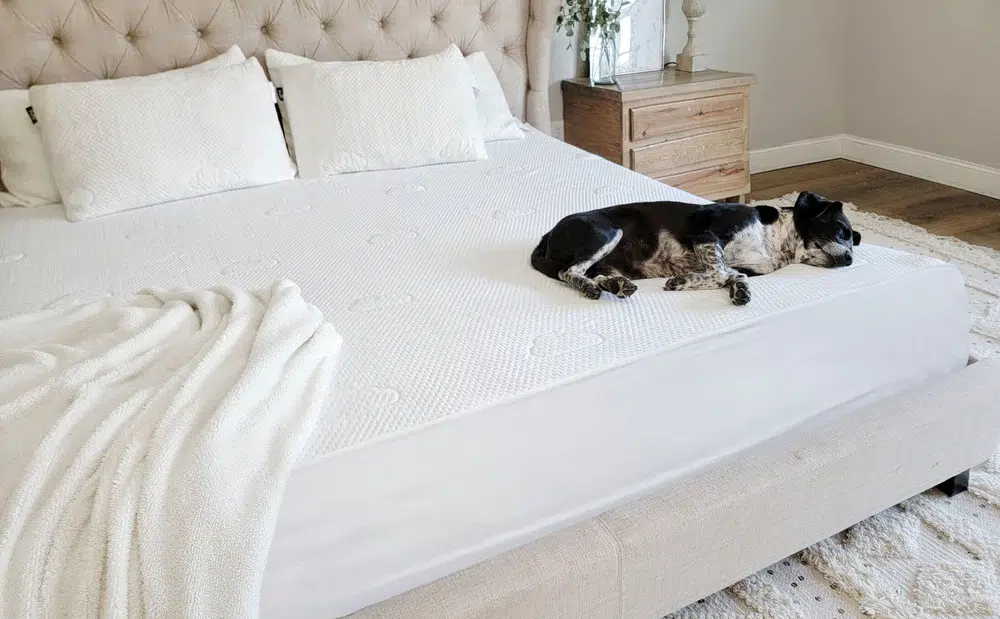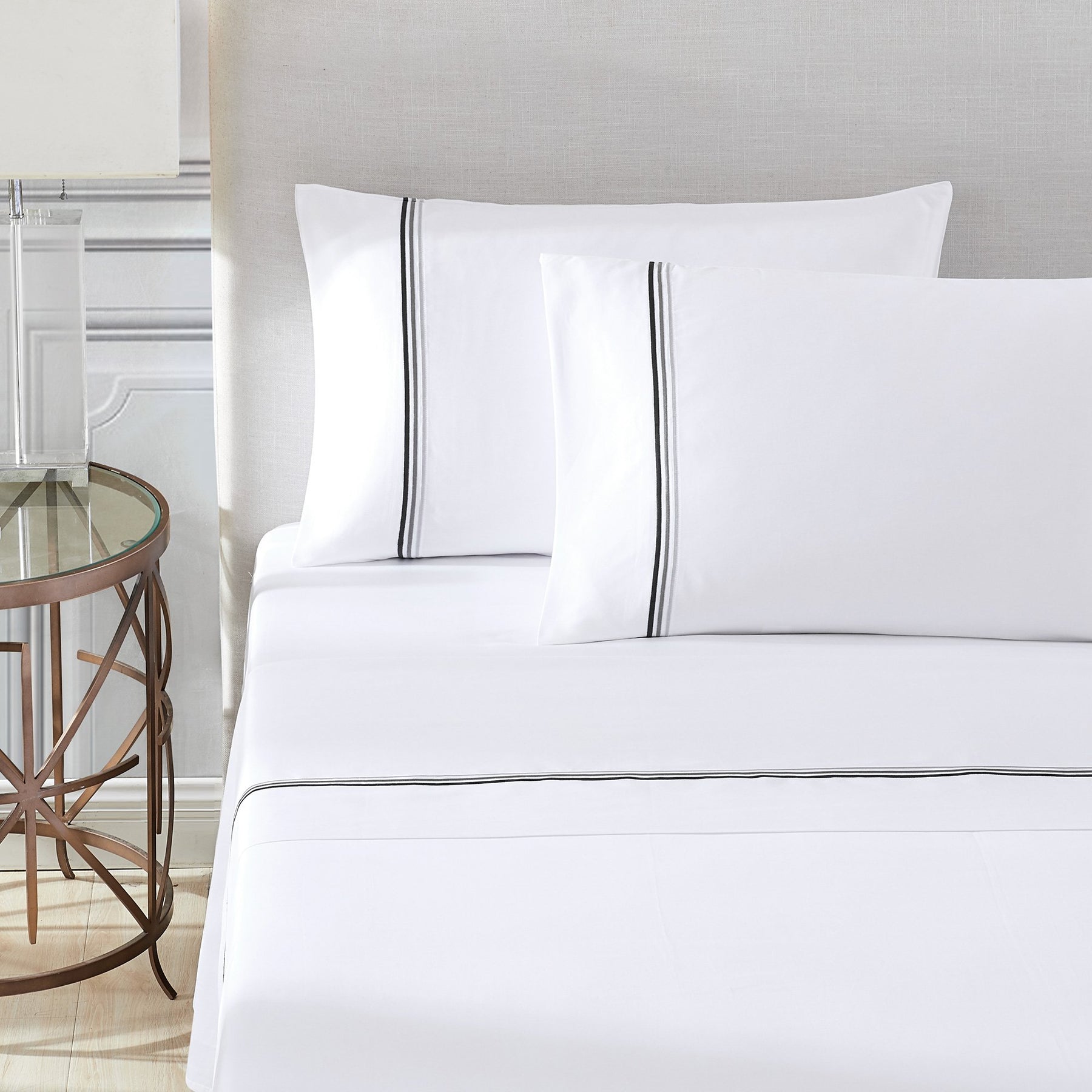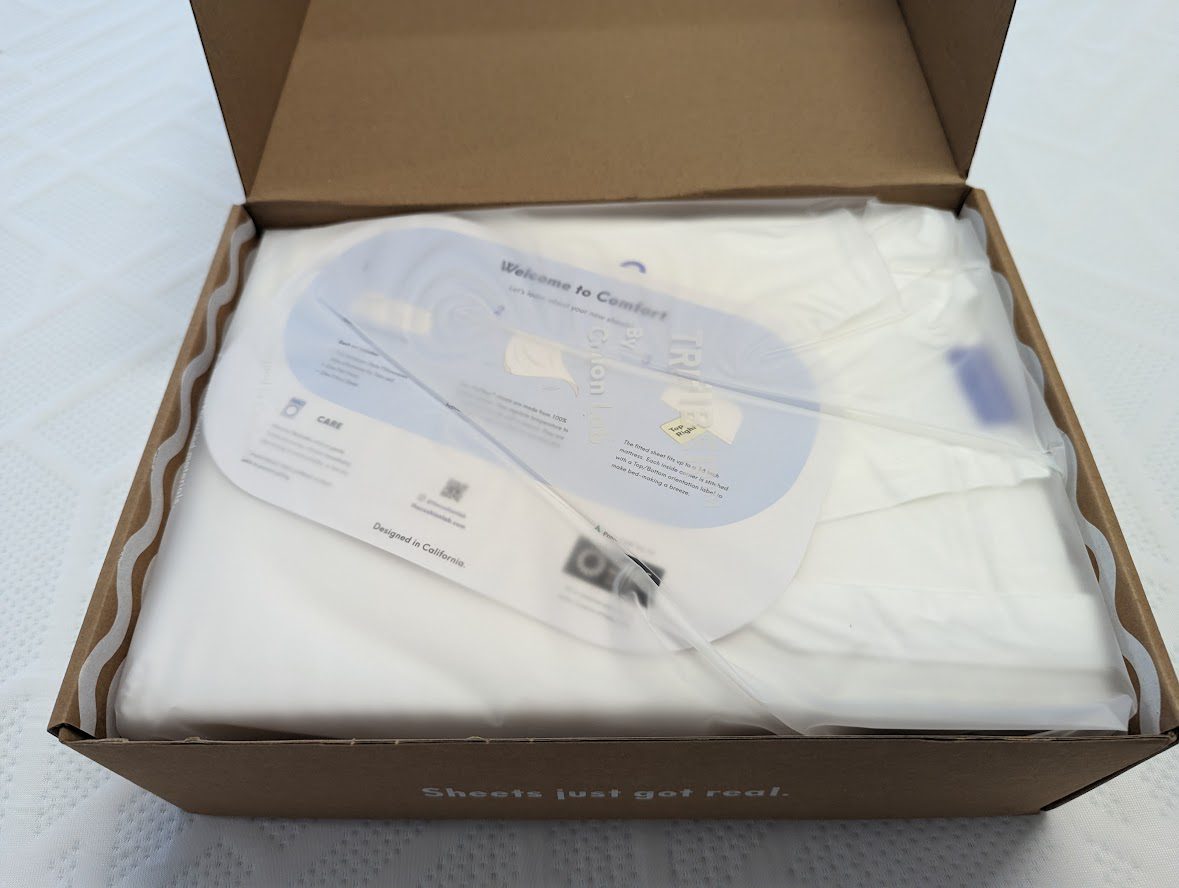Keeping your pillows clean and fresh is essential for a good night’s sleep and overall hygiene. Regularly washing your pillows not only removes dirt, sweat, and allergens but also helps maintain their quality and prolong their lifespan. Follow these simple steps to effectively wash your pillows and ensure they remain comfortable and hygienic:
Check the Care Label: Before proceeding, check the care label on your pillow for any specific instructions or restrictions regarding washing. Some pillows, such as memory foam or down-filled ones, may require special care or professional cleaning.
Preparation: Gather the necessary supplies, including mild detergent, bleach (if applicable), a washing machine, dryer, and a couple of tennis balls or dryer balls. Tennis balls help fluff up the pillows during drying.
Remove Pillowcases and Protectors: Start by removing any pillowcases or protective covers from the pillows. These items can usually be washed separately following their respective care instructions.
Inspection: Take a moment to inspect the pillows for any signs of damage or excessive wear. If you notice tears, holes, or a significant loss of shape, it might be time to replace the pillows instead of washing them.
Sorting: If you have multiple pillows to wash, sort them based on size, type, and washing instructions. It’s generally advisable to wash pillows of similar types together to ensure even cleaning.
Pre-Treatment: Check for any stains or spots on the pillows and pre-treat them using a stain remover or a mixture of water and mild detergent. Gently dab the affected area with the cleaning solution and allow it to sit for a few minutes before moving on to the next step.
Washing: Place two pillows (or as recommended) in the washing machine to maintain a balanced load. This prevents the pillows from getting lumpy or unevenly washed. Add a small amount of mild detergent and set the machine to a gentle or delicate cycle with warm water.
Rinse and Repeat: After the initial wash cycle is complete, run an additional rinse cycle to ensure all the detergent is thoroughly removed from the pillows. This step is crucial to prevent any residue that may cause skin irritation or affect the pillow’s texture.
Drying: Once the pillows are rinsed, carefully remove them from the washing machine and gently squeeze out any excess water. Place the pillows in the dryer along with a couple of tennis balls or dryer balls to aid in fluffing and preventing clumping. Set the dryer to a low heat or air-dry cycle to avoid damaging the pillows.
Fluffing and Monitoring: During the drying process, periodically check the pillows and fluff them by hand to redistribute the filling evenly. This ensures that the pillows maintain their shape and loft. Continue drying until the pillows are completely dry, as any remaining moisture can lead to mold or mildew growth.
Final Inspection: Once the pillows are dry, give them a thorough inspection. Ensure they are odor-free, completely dry, and have regained their original shape. If you notice any dampness or lingering odors, return them to the dryer for further drying.
Pillowcases and Protectors: Finally, once the pillows are clean and dry, reinsert them into clean pillowcases or protective covers. This step adds an extra layer of cleanliness and keeps the pillows protected from dirt and oils.
By following these steps, you can effectively wash your pillows and maintain their cleanliness, comfort, and longevity. Remember to check the care label for specific instructions, and consider replacing pillows that are heavily worn or damaged. A clean and fresh pillow will not only enhance your sleep experience but also contribute to a healthier and more hygienic sleeping environment.
Pillow Cleaning FAQ
Q: How often should I clean my pillows? A: It is recommended to clean your pillows every 3 to 6 months to maintain cleanliness and hygiene.
Q: Can I wash all types of pillows? A: Most pillows, such as polyester, cotton, or synthetic-filled, can be washed. However, some types like memory foam or down-filled pillows may require special care or professional cleaning.
Q: Can I machine wash my pillows? A: Yes, many pillows can be machine washed. However, always check the care label for specific instructions and follow them accordingly.
Q: How do I remove stains from my pillows? A: Pre-treat stains with a stain remover or a mixture of water and mild detergent. Gently dab the affected area and let it sit for a few minutes before washing.
Q: Can I put pillows in the dryer? A: Yes, most pillows can be dried in the dryer. Use a low heat or air-dry setting and add a couple of tennis balls or dryer balls to help fluff the pillows and prevent clumping.
Q: Can I use bleach to whiten my pillows? A: Some pillows can withstand bleach, but it’s crucial to check the care label first. If allowed, use a mild bleach solution and follow the recommended measurements.
Q: How do I maintain the shape of my pillows? A: During the drying process, periodically fluff the pillows by hand to distribute the filling evenly. This helps them maintain their shape and loft.
Q: How do I know if my pillows are dry? A: Ensure that the pillows are completely dry by checking for any remaining moisture or dampness. Lingering dampness can lead to mold or mildew growth.
Q: When should I replace my pillows? A: Consider replacing pillows that have lost their shape, show signs of wear or tear, or no longer provide adequate support. On average, pillows should be replaced every 1 to 2 years.
Q: Can I wash decorative pillow covers? A: Yes, most decorative pillow covers can be washed following their specific care instructions. Remove the cover before washing and clean it separately.
Remember, always refer to the care label and manufacturer’s instructions for your specific pillow type. By following proper cleaning techniques, you can enjoy fresh, clean, and comfortable pillows for a restful night’s sleep.

When to replace your pillow
Knowing when to replace your pillow is essential for maintaining sleep quality and hygiene. While the lifespan of a pillow can vary depending on its quality and usage, it is generally recommended to replace your pillow every 1 to 2 years.
Over time, pillows accumulate dirt, sweat, allergens, and body oils, which can affect their comfort and hygiene. Additionally, pillows lose their shape and supportiveness as the filling compresses with regular use. These factors can lead to discomfort, poor sleep, and potential allergenic reactions.
To determine if it’s time to replace your pillow, consider the following indicators:
Loss of Shape: If your pillow has visibly lost its shape and fails to provide proper support, it’s a clear sign that it needs replacement. A flat or lumpy pillow can cause neck and shoulder discomfort.
Wear and Tear: Examine your pillow for any signs of wear and tear, such as frayed edges, holes, or excessive fluffiness. Damaged pillows not only compromise comfort but may also result in loose filling or potential allergen exposure.
Hygiene Concerns: If your pillow emits a persistent odor even after washing, it may indicate a buildup of bacteria, sweat, or oils. An unpleasant smell is a strong indication that it’s time to invest in a new pillow for improved hygiene.
Allergies or Respiratory Issues: If you suffer from allergies or respiratory problems, an old pillow can exacerbate symptoms. Dust mites and allergens tend to accumulate over time, triggering allergies or asthma. Replacing your pillow regularly can help alleviate these issues.
Personal Preference: Ultimately, your personal comfort and sleep quality are paramount. If you find yourself consistently dissatisfied with the support or comfort of your pillow, it may be time to explore new options that better suit your needs.
Remember, pillow quality and maintenance also play a role in its longevity. Opt for high-quality pillows made from durable materials, and follow proper cleaning instructions to maximize their lifespan. Investing in a new pillow at the appropriate time ensures you continue to enjoy a comfortable and supportive sleep experience.




